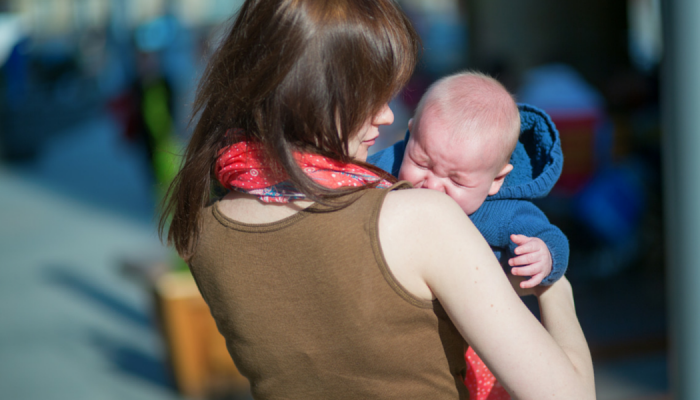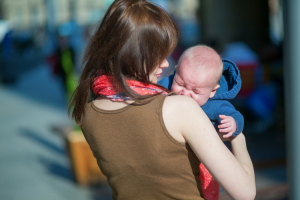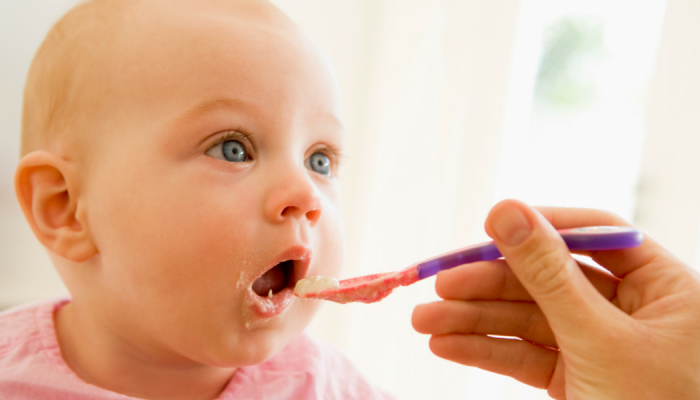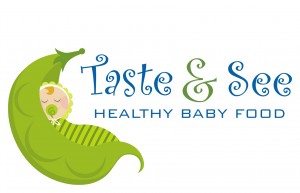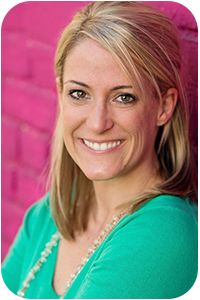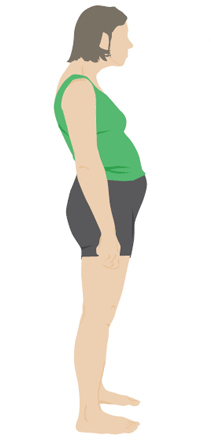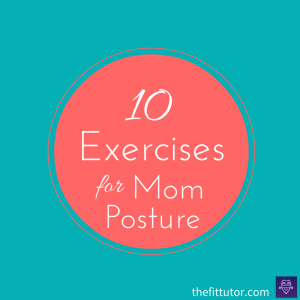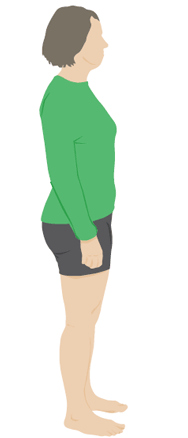Most parents struggle with behavior management issues at some point in their child’s development. For some, the challenges might begin at 18 months when a little one tries out their first tantrum. Other parents don’t see behavior issues until they have teenagers in the house. They are the lucky few. Regardless of when the challenges occur, it is great to have a discipline philosophy ready and waiting. (Something that I certainly didn’t think of when I had my first baby!)
That is precisely why I wanted to interview Caitlyn Weeks, MA, LPC-Intern and Natalie Love, LMFT-A, LPC , two individuals who know a lot about the Positive Discipline approach to parenting and behavior management. Caitlyn works with parents, teens and families at Austin Family Counseling, under the supervision of Lora Ferguson, LPC-S. Natalie also practices at Austin Family Counseling and specializes in adults, couples and LBGTQ+ clients. Both hold the title of Certified Positive Discipline Parenting Educator and both are amazing resources for parents, families and teens in Austin. To read more about Caitlyn and Natalie’s backgrounds and specialties, click on their photos.
BPP: How did you two become interested in learning more about the Positive Discipline (PD) philosophy?
Caitlyn: While wading through a mountain of models and resources in graduate school, one of my favorite professors introduced me to Positive Discipline. This was around the time that I was really embracing the concept of working with families as unique systems (instead of individuals in isolation). Because I have a passion for working with teens, I was looking for a way to invite parents into the work and offer tools that would be beneficial for the whole system. The long-term benefits of PD really connected with how I experienced my parents as a child and how I relate to them as an adult. I wanted to learn more and pursued advanced training in 2013 and have been using the model with families in sessions, seminars, and groups ever since.
Natalie: When I started working with Austin Family Counseling, many of the therapists were trained in Positive Discipline. When I began learning about the approach I was really interested in how to apply the model in my own family. I was drawn to the model because it focuses on connection and encouragement rather than rewards and punishments. I was feeling discouraged as a new parent and was getting advice from my own mother and in-laws on how to do things, but didn’t really agree with some of their approaches. When I started applying PD at home my own mother was a little skeptical. She wanted to know where the punishment came in, because that is how she learned to parent. It has been so rewarding to see our extended family get on-board with this model (despite their initial skepticism) as they see how effective and beneficial it has been (and continues to be) for both our son and family as a whole.
BPP: Can you describe the foundation/basics of this discipline style?
Caitlyn: At its core, Positive Discipline is based on fostering connection in relationships. Dr. Jane Nelsen developed the model while studying the work of psychologists Alfred Adler and Rudolf Dreikers and attempting to make sense of her own family life and parenting strategies in the process. PD is designed to help families engage with social and life skills that encourage the development of respectful, responsible, and resourceful young people.
The five basic goals of the Positive Discipline approach:
- balance kindness and firmness
- promote connection
- achieve long-term effectiveness
- teach social and life skills for good character
- invite the discovery of capability and appropriate/constructive use of personal power
Positive Discipline Tools focus on:
- modeling and promoting mutual respect
- learning effective communication and problem solving skills
- prioritizing solutions instead of punishment and encouragement instead of praise
- recognizing mistakes as opportunities for learning without permissiveness or punishment
Parents are also able to move beyond behavior modification by gaining an understanding of the beliefs children hold at the core of misbehaviors and how to work with those beliefs or “mistaken goals” of behavior in the long-term.
BPP: What do you believe sets PD apart from other behavior management or parenting approaches?
Caitlyn: This model isn’t about becoming a perfect parent. Many parents come to this model with “resource fatigue” and find relief in our hands-on application of tools. PD invites action in an approachable way and teaches concepts through experiential activities that encourage parents to practice tools and strategies in a fun, supportive, and engaging community. PD also focuses on successes and challenges, not simply misbehavior. Parents learn how to truly encourage their children and celebrate their unique gifts and talents while helping them become capable, empowered young people and fostering self-esteem.
BPP: What are the benefits of using this philosophy with kids?
Natalie: When you identify the underlying belief behind a child’s behavior it allows for connection and compassion, which I feel creates a stronger, more trusting relationship between the parent and child. Parenting is not easy but when we can maintain connection with our children, I feel it can be less discouraging when facing expected and inevitable challenges.
BPP: How early do you recommend parents start using these concepts with their children?
Natalie: I first began learning about PD when my son was about 2 years old. A lot of the tools were not easily applicable with him because he wasn’t verbal enough or did not yet have the ability to comprehend some of the ideas. However, learning and grasping the concepts as a parent was still very helpful for me in understanding his behaviors. Now he is 3 ½ and we are able to apply more of the tangible tools which have been really effective. I think parents of any age child can benefit from learning the model, but implementing some of the specific activities and tools is probably easier with children that are 3 and up.
Caitlyn: I agree with Natalie that the framework of the model is helpful at any age, but the tools really become useful around age 3 and up. This model is also fantastic for families with teens and I use it regularly in that way. Regardless of the age of the child(ren), this work invites parents to develop a greater understanding of they were parented and how those experiences inform the way they parent their own children. During times of challenge, we often revert to the type of parenting we experienced as children, so the awareness this model brings is invaluable in empowering parents to be proactive instead of reactive. Personally, I find the tools are also relevant to my relationship with my husband and we do our best to use the communication strategies frequently. A specific model for couples is currently in development and we’re looking forward to its release.
BPP: How can parents learn more about PD and start using the techniques with their own children?
Natalie: Reading the books is definitely helpful, but I have found the workshops and groups to be most effective for me in really grasping the concepts. There is something very powerful about the experiential piece, especially when co-parents can participate together! It is fun and interactive and having the shared experience helps lessen some of the shame and fear that come up as a parent. Austin Family Counseling is offering brief introductory sessions to Positive Discipline for those interested in learning more or getting a refresher on a specific topic. I think that is a really approachable way to get a feel for PD before committing to a full workshop. For those who are ready to take the plunge, our practice also offers 8-week and weekend intensive groups for parents.
Caitlyn: In addition to books and workshops, parent coaching is an invaluable way to engage with the model. With parent coaching, we offer one-on-one sessions tailored to fit your unique parenting concerns and challenges. My coaching clients receive a combination of resources and materials, “troubleshooting,” a safe place to vent constructively, and plenty of accountability and encouragement. The Austin Family Counseling Blog frequently features PD topics and is a great way to learn more about our therapists who offer parent coaching. I also think the Positive Discipline Blog is a wonderful resource for parents who are curious and interested in learning more.
BPP: Does it help with some of the biggest parent stressors such as tantrums and potty training?
Natalie: Definitely! The book, Positive Discipline A-Z: 1001 Solutions to Everyday Parenting Problems book is one of my “go-to” resources for day to day parenting stressors. You can quickly look up a topic, like tantrums, hitting, etc. and find tangible suggestions & considerations related to the issue.
BPP: What does this model look like in a private practice setting? Do you use the concepts from the PD model in your work with young clients and families?
Caitlyn: I use this model daily. Many parents come in with specific challenges or topics they would like to address and I find that Positive Discipline provides concrete, proactive strategies that lead to long-lasting results. With my teen clients, we use PD to discover empowering ways to interact with parents and other adults (teachers, coaches, bosses, etc.). The relational emphasis of PD also offers a great framework for exploring peer relationships, dating, and identity development. Regardless of the age of the client, I do my best to create an environment that is rooted in values of mutual respect, kindness, firmness, and trust. When interactions are supportive, safe, and reliable we feel better; when we feel better, we do better.
Natalie: I work mostly with adults and couples and definitely find this approach applicable! I often apply these concepts with couples and they love being able to take it home and apply it with their families. It is empowering for couples to take the tangible tools that they can relate to themselves and then see the impact it has on their family as a whole.
BPP: If you had to give one piece of sanity-saving advice to new parents, what would it be?
Natalie: You are not alone and this journey is not about being perfect! Try not to compare yourself to others, especially what you see on social media etc. People like to portray their “best selves” to the public, but we can all connect with the struggle. It’s more vulnerable to show the messy side of parenting, but it is much more authentic! This is not easy and that is okay. We can support one another, so don’t be afraid to reach out!
Caitlyn: I couldn’t have said it better. Even if it were possible to be a perfect parent, who wants to be around “perfect”? Perfection is a dangerous goal that creates automatic failure for ourselves and others. It also gets in the way of some of our most valuable opportunities for repair, connection, and growth. When you open yourself to the practice of embracing mistakes as wonderful opportunities for learning, the need for perfection falls away and creates space for something much more amazing. Recognize mistakes, learn from them, and ask for help and support as often as you need it!
Want to learn more about Caitlyn? Have a question for her? Go to this link: http://austinfamilycounseling.com/caitlyn-weeks/
Want to learn more about Natalie? Have a question for her? Go to this link: http://austinfamilycounseling.com/natalie-love/
I wish I had learned about Positive Discipline years ago when my boys were little guys! I appreciate Caitlyn and Natalie taking the time to fill us in on this wonderful discipline philosophy. It sounds like the perfect fit for 21st century parents. – KB ♥




